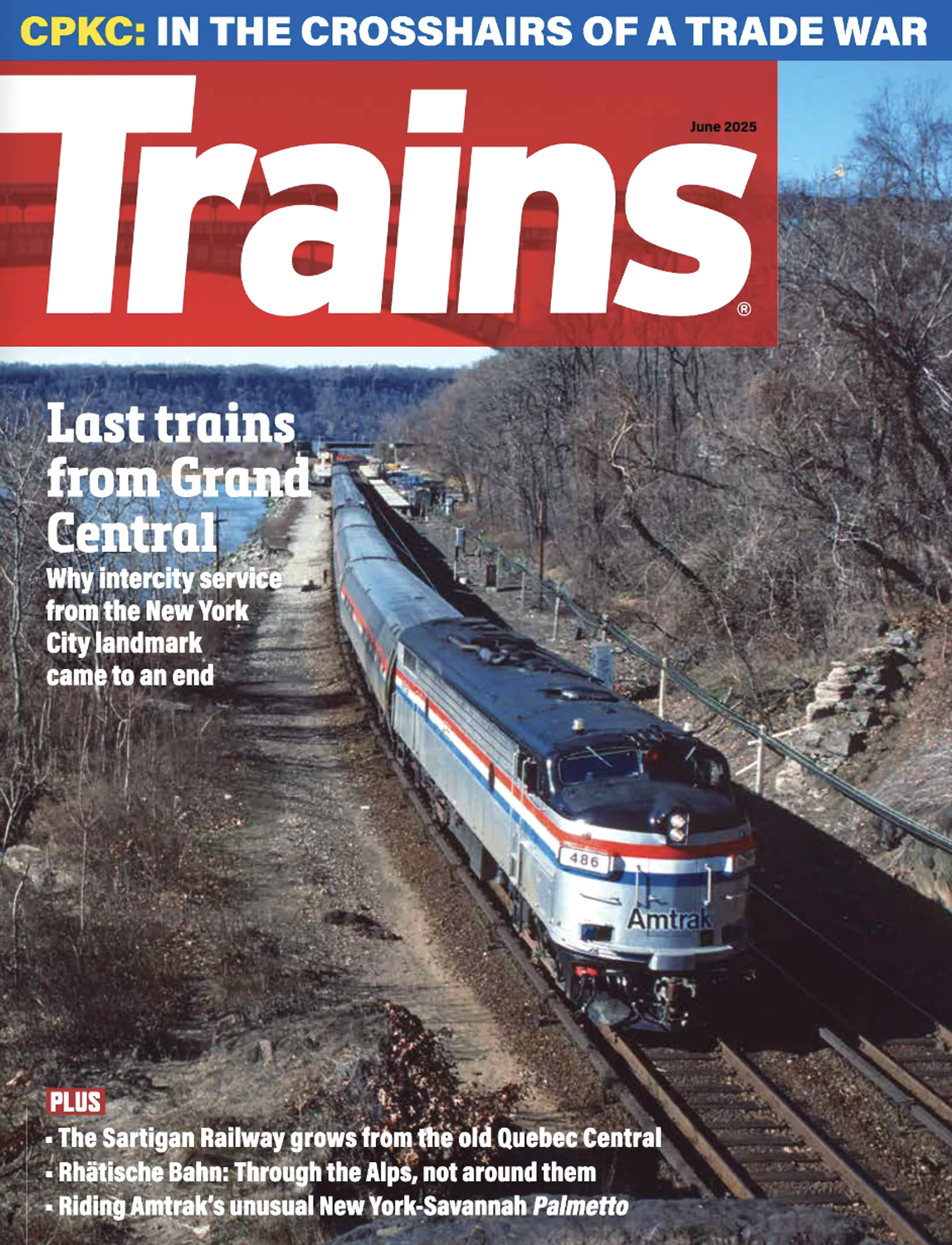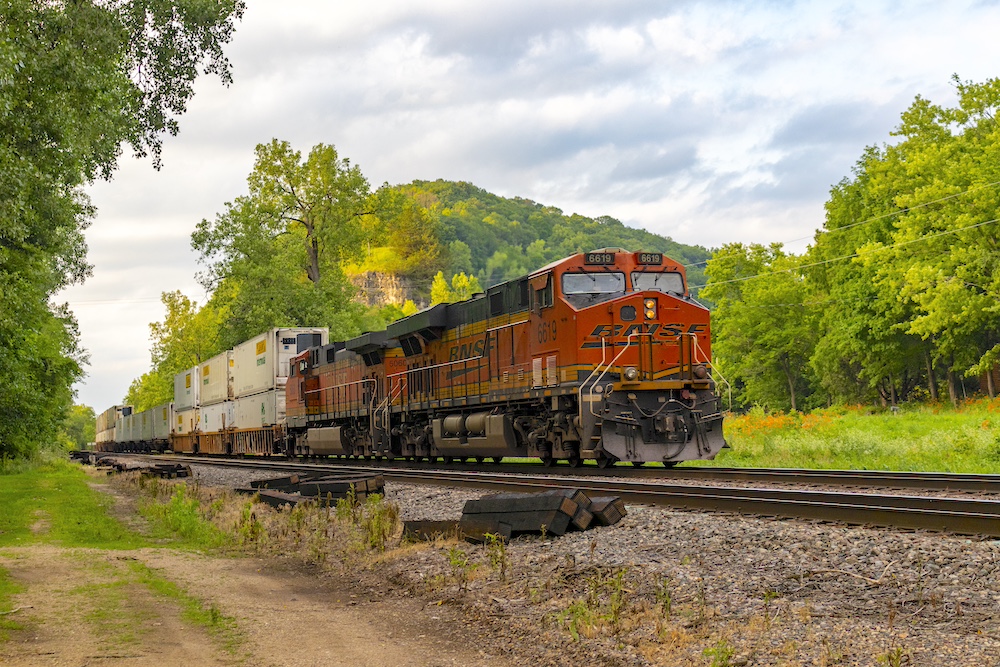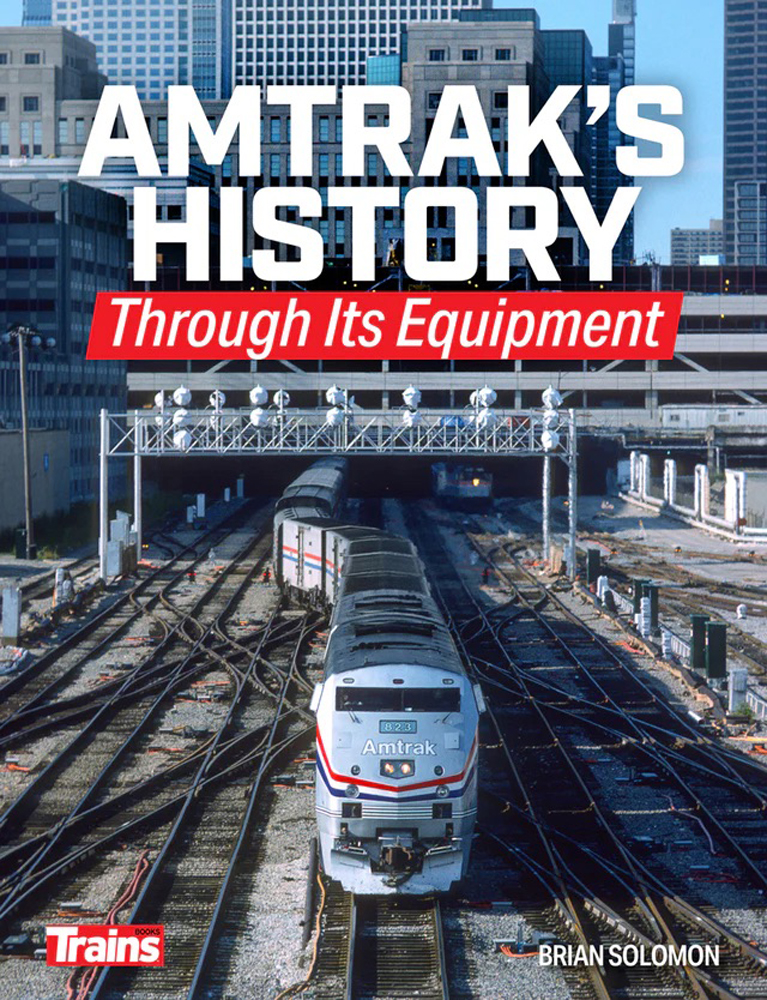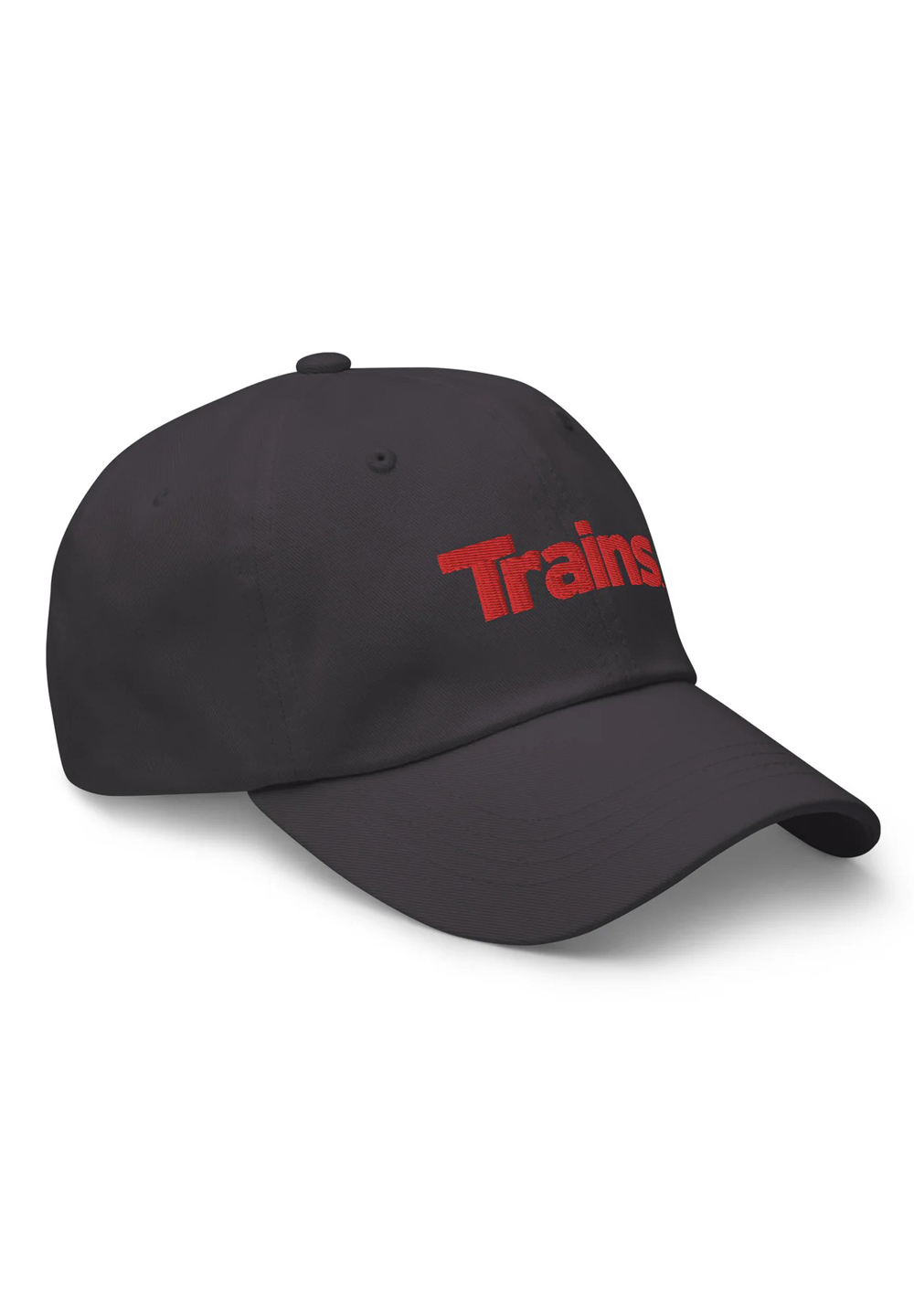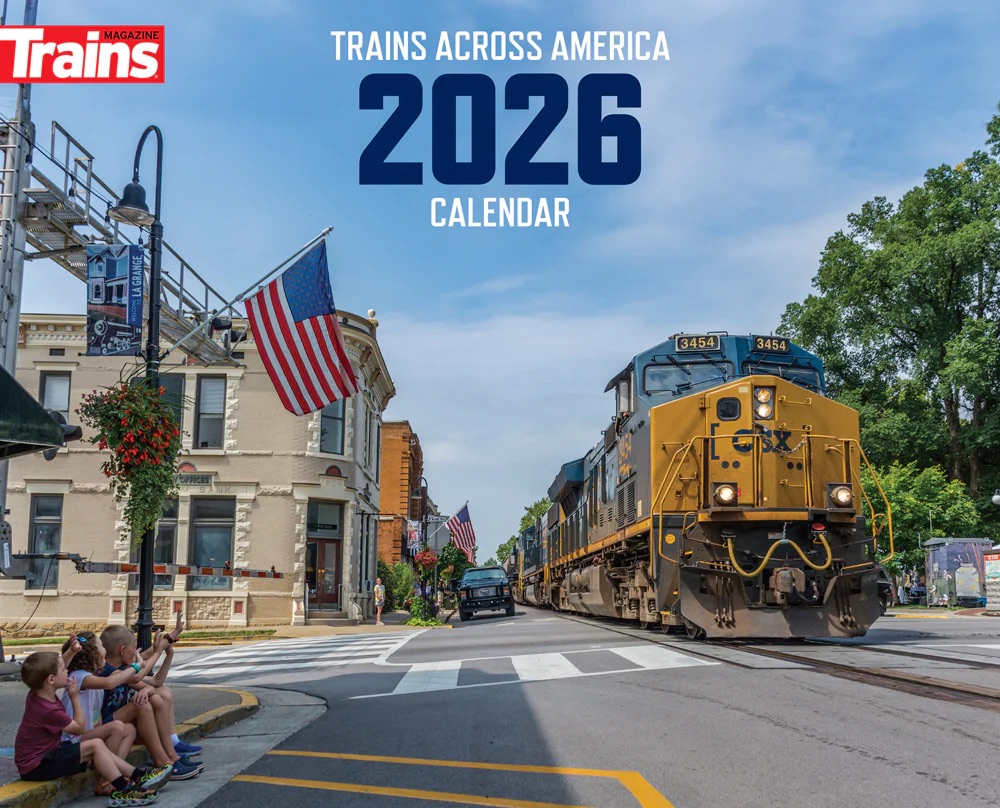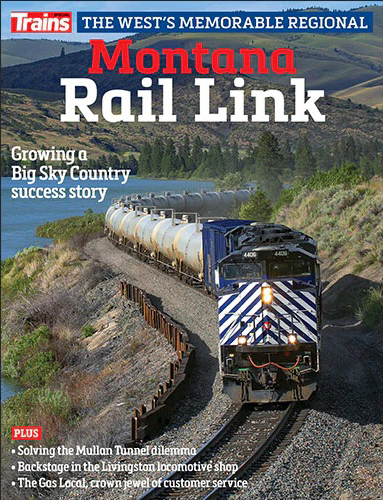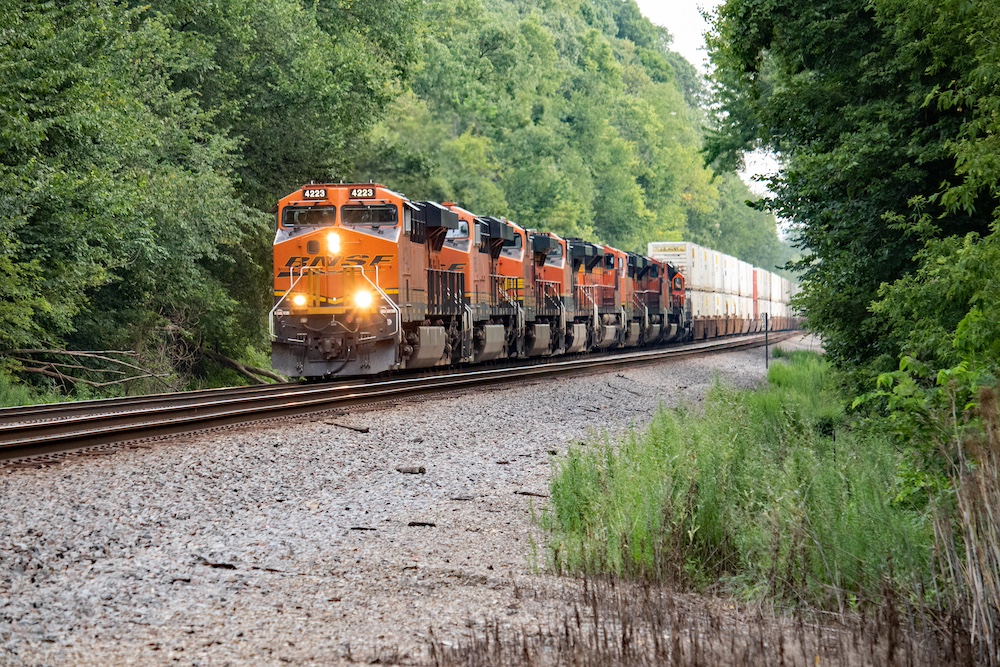
Train-watching basics: Among the ways in which people participate in the railroad hobby, the simple act of watching trains is the most popular.
Some railfans thrill to the power of thousands of tons of steel rushing by. Others watch for new locomotive types, or old classics running out their last miles. Many focus on changing traffic patterns on their hometown railroads: what trains run when, what business has been gained or lost, or what new routes trains follow. A great number seek trains so they can photograph them. Most are drawn to multiple aspects of the railroad scene that run beyond the obvious: technology, finance, physics, engineering, business, history, and more.
Train-watching can be as simple as an afternoon next to a busy main line: Just find a spot by the tracks, and sooner or later you’ll see a train. Many railfans want to get the most out of their trackside time, however, and they make use of resources to help them find where trains are running.
Maps are a must, from state highway maps to U.S. Geological Survey topographical quadrangle maps, to general-purpose and railroad-related atlases depicting small areas in great detail. Electronic map products enable a person to customize a map. For selected areas, railfan guidebooks are available; these often include maps, locations of major junctions and other rail facilities, good photo locations, traffic overviews, and historical summaries.
Other guides present line-by-line, station-by-station descriptions of railroads. These are patterned after the carriers’ own employee timetables, sometimes available from Trains advertisers, as well as at railroad swap meets and online auctions. Reference books, such as those published by Firecrown Media and others, provide information on such topics as the best train-watching “hot spots,” diesel and steam locomotives, and tourist lines. They can be purchased at our online store, and also in hobby shops and bookstores. The Trains.com site offers a wealth of information, daily news stories, rosters, and other resources.
Train-watchers benefit from technology advances. Some fans have stopped carrying maps, magazines, and timetables, instead relying on their smartphones. Map apps with conventional maps and satellite views not only show where the tracks are located, but provide an idea of photo angles. Newer apps designed for all photographers show sun angles at specific locations based on the date and time of day. Note that some train-watching spots might be out of cell range.
Trains magazine often features articles called “Hot Spots,” which focus on train-watching locations, railfan news, and advice for visitors.
The railroad hobby takes other forms besides train-watching. Many people enjoy the unique travel possibilities offered by passenger trains. Some try to “collect” as many miles of the railroad network as possible by riding regular and special passenger trains. Those with model railroads like to study bridges, buildings, and other structures. The hobby is limitless.
Railroading’s rich past appeals to many people who examine the industry from a historical perspective. In places where railroads have been abandoned, it’s interesting to find and follow the old rights-of-way, many of which have been converted to recreational trails. Others collect artifacts like lanterns, timetables, and dining-car china. The past is kept alive by thousands who volunteer their time to preserve locomotives, cars, and structures at museums and on tourist railroads.
From Hot Spots, a Trains Magazine special, 2018







